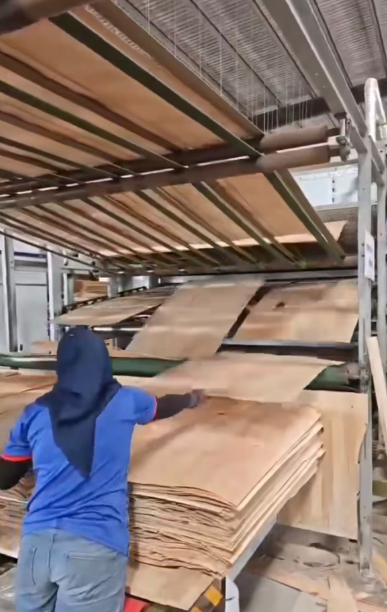
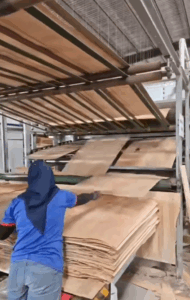
Drying Thickness Range: 0.2 – 6 mm
Initial Moisture Content: 60%
Final Moisture Content: 12 ± 1%
Working Width: 3 m
Working decks: 4 (3+1) decks
Heating Chamber Length: 22 sections × 2 m = 44 m
Radiators: 22 units
Infeed Section (Head): 10 m (including lifting upper veneer rack, conveyor belt)
Outfeed Section (Tail): 8 m (including lifting lower veneer rack, conveyor belt)
Cooling Chamber Length: 4000 mm
Driving Power: 7.5 kW × 3 = 22.5 kW; 7.5 kW × 1 = 7.5 kW
Hot Air Fans: 15 kW × 22 = 330 kW
Cooling Fans: 4 kW × 2 = 8 kW
Exhaust Pipes: Intermittent type, 6 pcs, Ø300 mm
Feeding Speed: 1 – 30 m/min
Heating Medium: Thermal oil or steam
Drying Temperature: 150 ℃
Heat Consumption: 3,600,000 cal/h
Roller Pitch: 183 mm
Roller Diameter: Ø102 mm × 3 mm, material: carbon steel
Roller Quantity:
Ø102 rollers: 1023 pcs
Infeed & outfeed rollers: 83 pcs
Ø76 rollers: 291 pcs
Ø89 rollers: 4 pcs
Ø219 rollers: 4 pcs
Conveyor Belt: Teflon
Mesh Size: 5 × 5 mm
Air Ducts: 1344 pcs
Blowing Pipe Size: 3100 × 150 × 100 × 1.2 mm
Main Frame: 3.75 mm laser-cut bending, bolted connection, material: carbon steel
Machine Dimensions: 66.45 m × 4.7 m × 4.0 m
Insulation Door: Size as per main frame, thickness: 100 mm
Multi-layer Feeder: 1 set
Pit-free Lifting Platform: 4 sets
Ground Roller Line: 3 m × 1.3 m, 2 sets
Thickness Range: 0.2–2.0 mm
No Cracks or Warping
Veneer is usually only 0.2–0.6 mm, much thinner than core boards, with fragile fiber structure.
Excessive temperature, strong airflow, or uneven heating can cause deformation or cracking.
Gentle heating and controlled temperature rise are required to prevent rapid moisture loss and breakage.
Conveying Method
Thin veneer has low strength; roller conveyors may cause folding, warping, or tearing.
Mesh-belt conveyors provide continuous support to keep veneer flat.
Teflon or metal mesh (aperture around 5×5 mm) allows hot air to penetrate from both sides for fast and uniform drying.
The tensioning system slightly stretches the veneer, minimizing ripples and edge curling.
Uniform Moisture Content
Moisture content should be controlled at 12 ±1%.
If too high (>12%): vaporization during hot pressing causes bubbles, delamination, or deformation.
If too low (<6%): veneer becomes brittle and prone to cracking.
Color Preservation
Excessive temperature may cause wood discoloration.
Veneer should retain its natural color after drying, with uniform tone and no scorching, darkening, or spotting.
Fast and Uniform Drying
Thin veneer, if dried too slowly, may darken, discolor, or mildew due to prolonged humidity.
Fast and uniform drying preserves veneer’s natural appearance, improves efficiency, and reduces mold risk.
Recommended feeding speed: 15–30 m/min.
Thickness Range: 1.0–6.0 mm
Uniform Moisture Content (Internal and Surface)
Thick boards tend to have “dry outside, wet inside.” Strong hot-air circulation is required to remove internal moisture.
During hot pressing, if the core veneer’s interior is still wet while the surface is dry, adhesive cannot penetrate evenly, causing voids, bubbles, or delamination.
No Cracks or Warping
Thick veneers are prone to stress differences under high temperature.
Moisture reduction must be gradual to prevent internal stress from deforming the board.
If the surface dries faster than the interior, uneven shrinkage creates internal stress, leading to warping, waves, or twisting, which affects panel flatness and veneering quality.
Stable Final Moisture Content
The target moisture content should be 12 ±1%, and uniform throughout the board to ensure proper hot pressing and adhesive bonding.
Load-Bearing Support and Flatness
Core veneers are relatively heavy; rollers provide stable support during drying to prevent sagging or deformation.
The rollers can support heavy veneers, keeping them flat. Thick veneers have stronger fiber structures than face veneer, and light roller pressure ensures good surface flatness.
Longer Drying Time
Conveying speed is slow (1–10 m/min) because thick veneers retain moisture internally.
Longer residence in the drying chamber allows heat to gradually penetrate, ensuring uniform internal and surface moisture content.
Slow conveying ensures thorough contact with hot air, promoting even drying throughout the board.
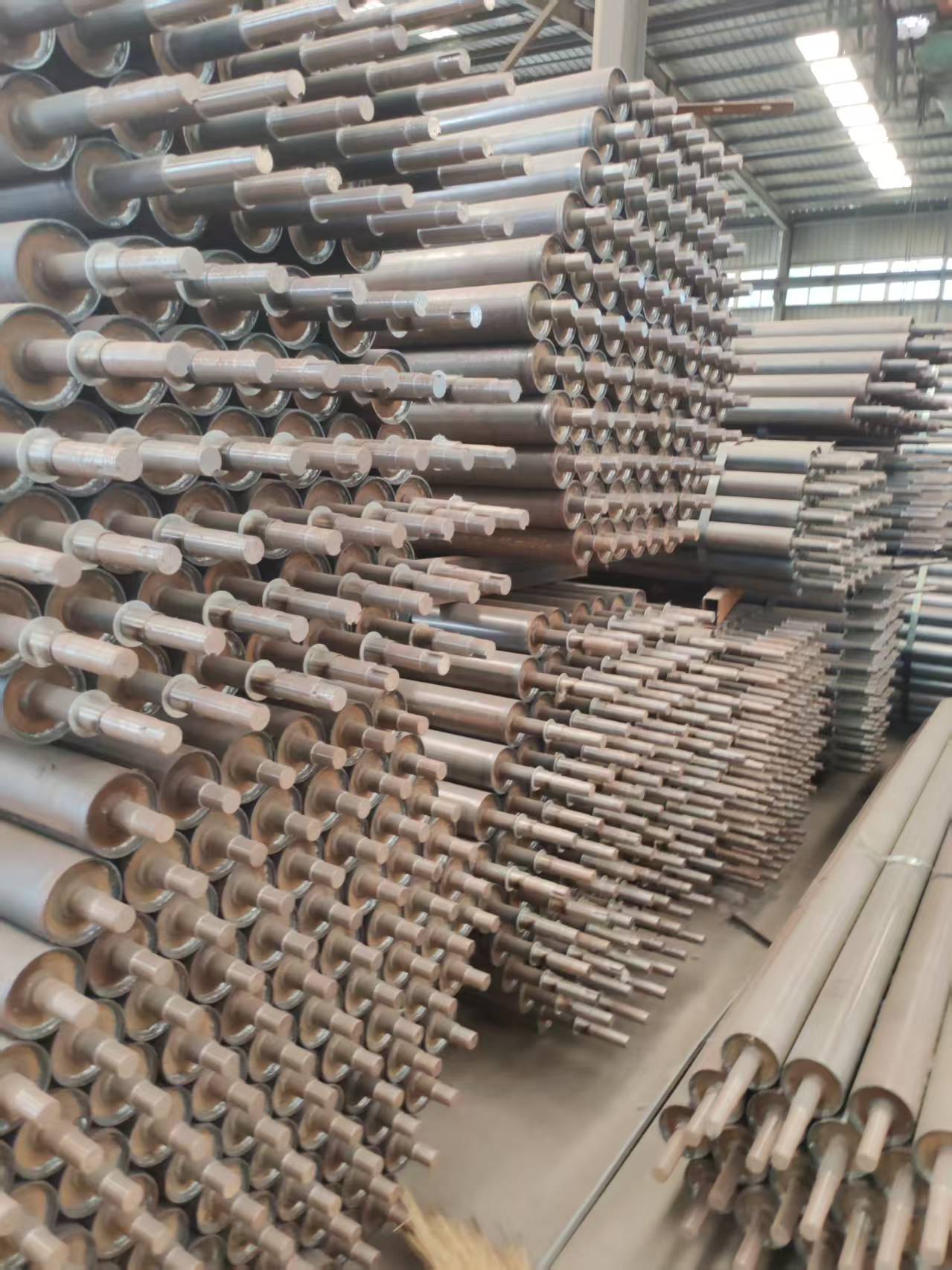
The most important feature in a two-in-one dryer is independent temperature zone control. The long heating chamber is divided into multiple zones, each independently adjusting temperature, airflow, and moisture exhaust, allowing both veneer and core board to receive the most suitable drying conditions within the same machine.
Traditionally, two separate dryers are required: one for face veneer and one for core veneers. Both machines are relatively expensive.
A two-in-one dryer integrates both drying functions into a single machine, saving the cost of purchasing an additional dryer and reducing associated infrastructure expenses.
A single machine completes both drying processes, simplifying production line layout and improving factory space utilization.
Shared heating system (thermal oil or steam) is more energy-efficient than running two separate machines.
Veneer and core board drying can flexibly switch according to production needs, improving machine utilization.
One machine means fewer components, more centralized maintenance, and reduced spare parts inventory.
Training and labor requirements are also minimized, lowering overall maintenance costs.
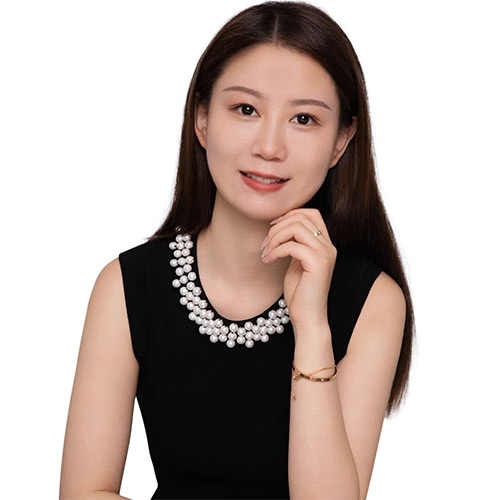
Hi, I’m Luna, Head of Sales at Guoyu. My team and I would be delighted to learn more about your specific requirements and support your plywood production.

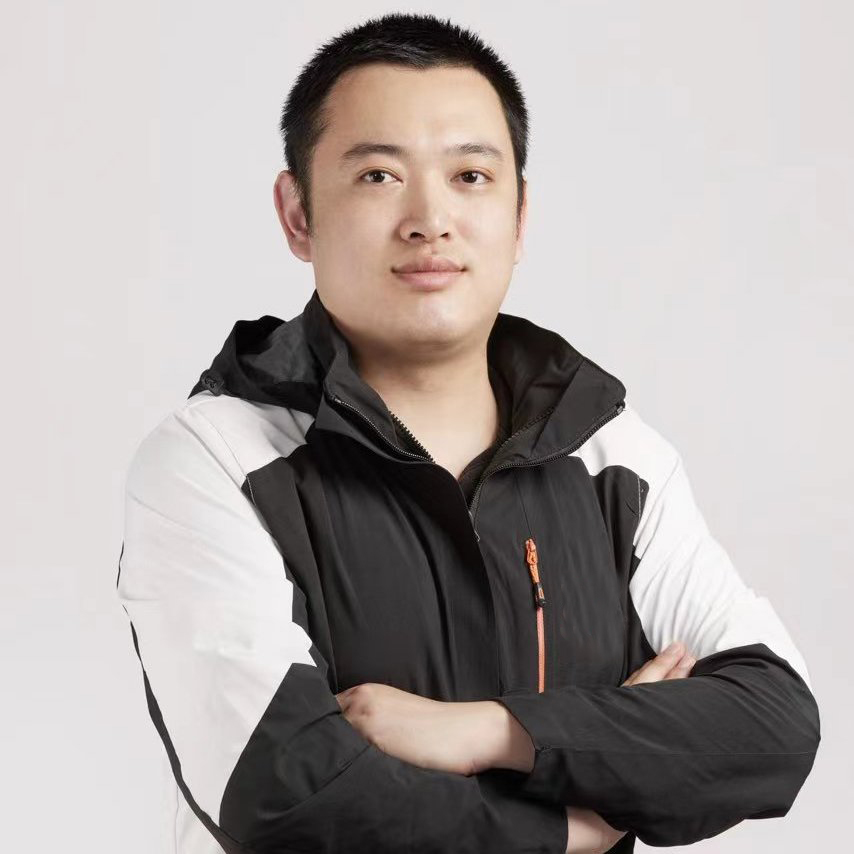

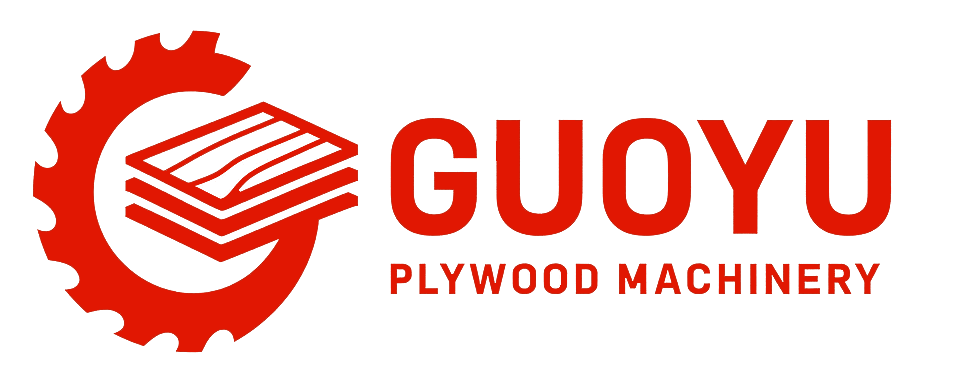
*We respect your confidentiality and all information are protected.

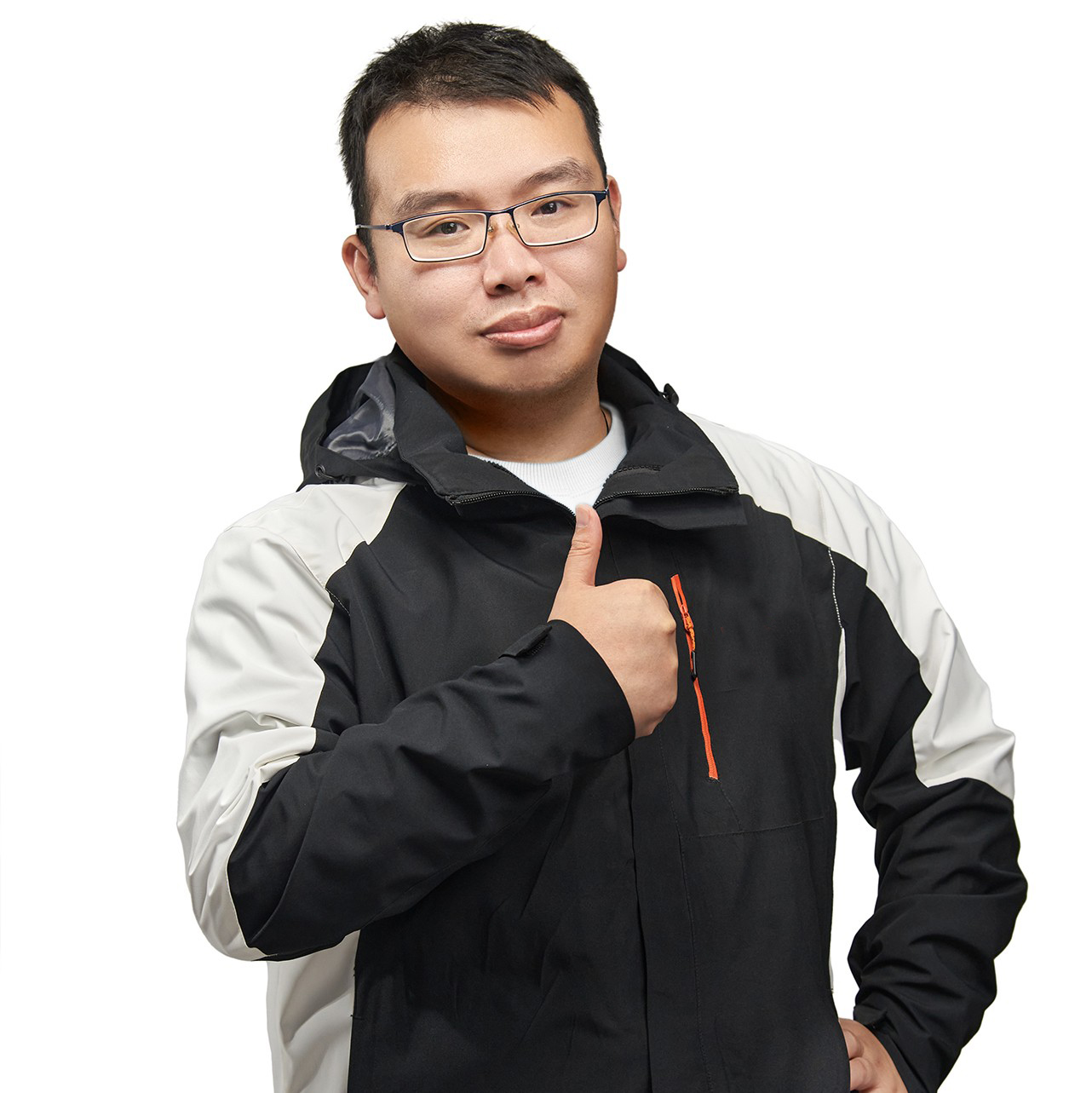
I’m Leo, the head of sales team at E-abel. Me and my team would be happy to meet you and learn all about your business, requirements and expectations.



*We respect your confidentiality and all information are protected.

lunamachines@outlook.com
Yitang Industrial Zone, Lanshan District, Linyi City, Shandong Province, China



*We respect your confidentiality and all information are protected.

Hi, I’m Luna, Head of Sales at Guoyu. My team and I would be delighted to learn more about your specific requirements and support your plywood production.


